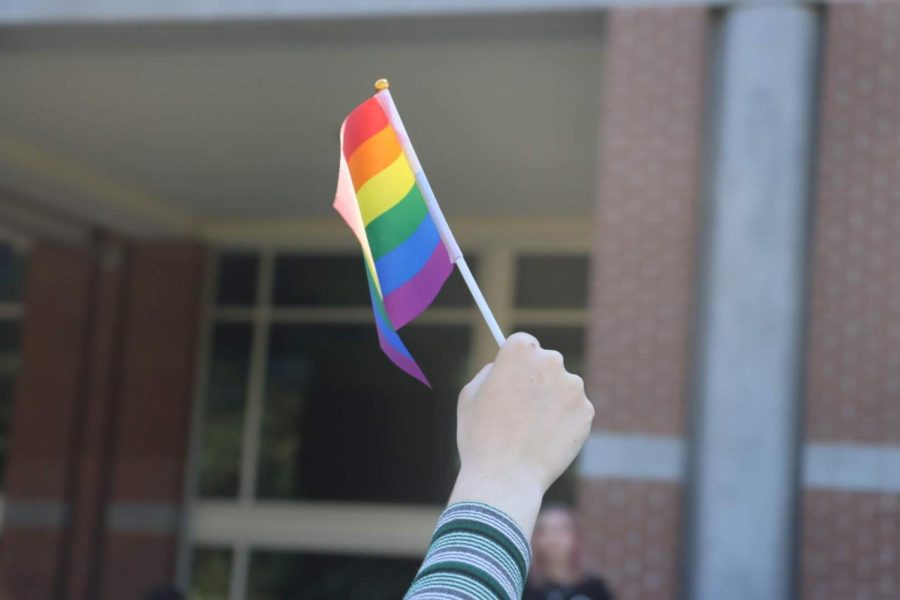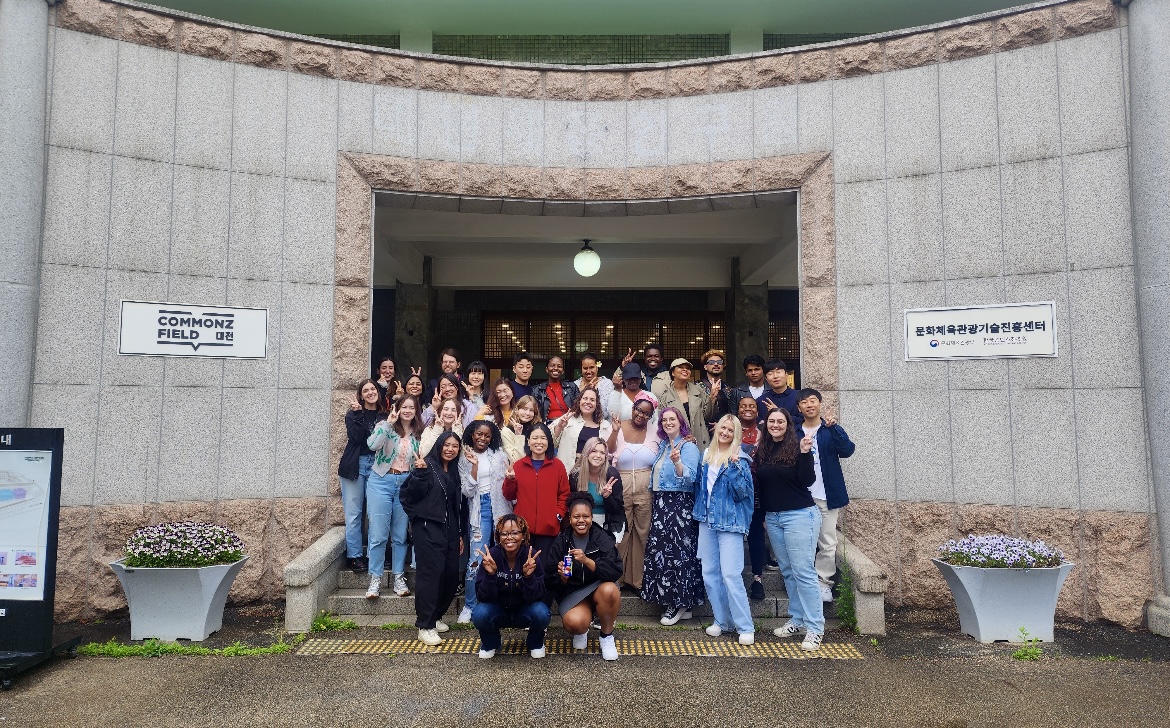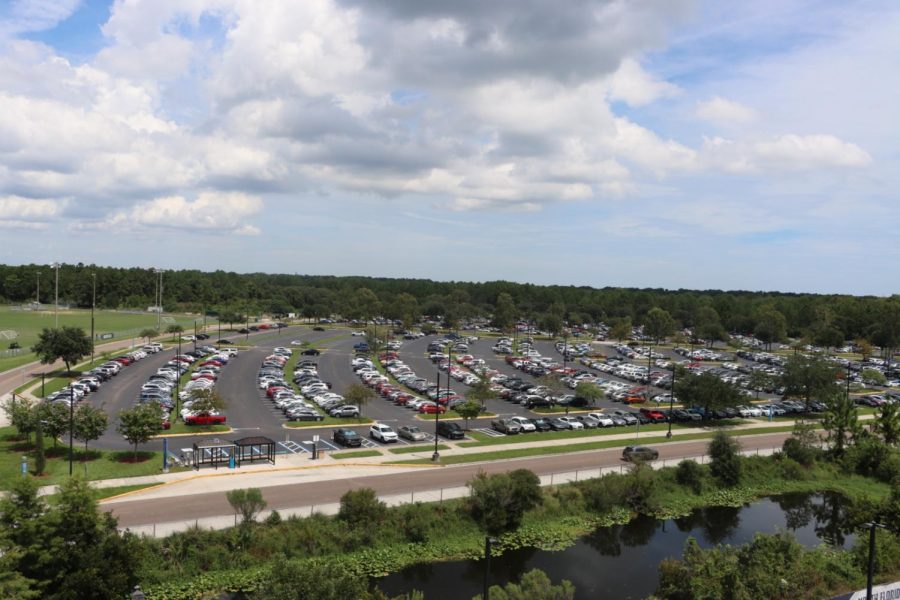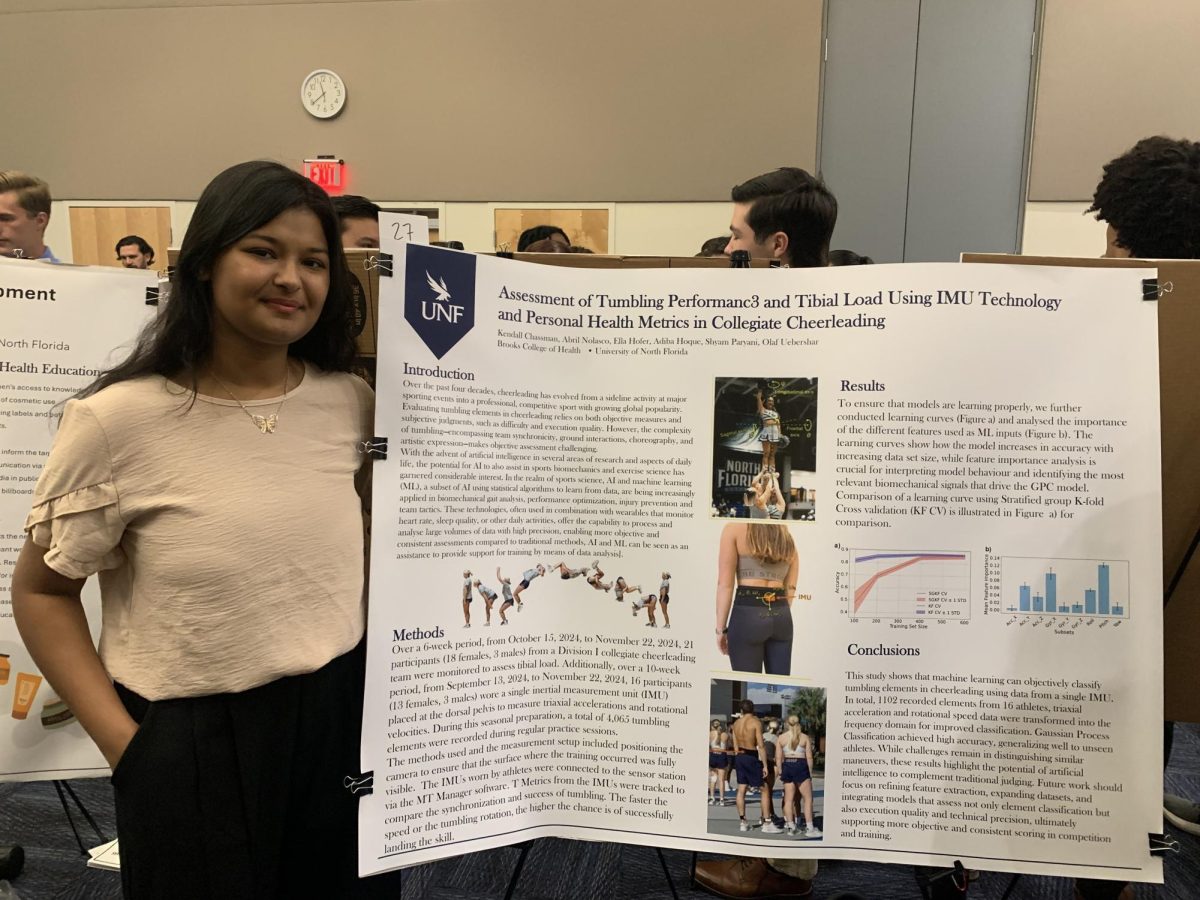The Amazon Rainforest is still on fire, and Hélène Góes’ family can smell the smoke. Góes is a student at the University of Florida, and is a Brazilian-American dual citizen, who has spent much of her childhood in the State of Amazonas with her family. Amazonas is the biggest Brazilian state containing the Amazon, and is the state most affected by the fires plaguing the rainforest. The region they live in is so isolated that in order to get there, Góes has to take a flight to Amazonas’ capital city Manaus, and catch a 20 hour boat ride up the Amazon River.
Her aunt is a local farmer, and grows crops for her cousin’s grocery store in the small town of Maués, just down the Amazon River. Their livelihood is dependent on the crops they grow. In order to keep the land viable for their crops, her family has to burn their fields every few seasons. These fires are commonplace in a seasonal cycle in the region. However, this year has brought a dramatic increase in these fires. In July of 2019 the rate of deforestation was 278 percent higher than in July 2018, according to data from Brazil’s National Institute for Space Research.
This increase in deforestation can be attributed to the influx of people venturing into the Amazon, lured by the expanse of seemingly free land. Since 2010 the population of the secluded state of Amazonas has grown by over 660,000 people, according to CityPopulation.de. Although much of the rainforest is protected, many aren’t even thinking twice about environmental fines or regulations. Góes says newly elected President Bolsonaro “basically gave Brazilians permission to go and do whatever they want in areas that were usually regulated.” Bolsonaro himself has been caught illegally fishing in 2013 and has yet to pay that fine, according to Climate Change News.
Góes says, “Since the recession of 2016, the economy has grown very slowly.” People are without jobs, and the Amazon Rainforest is an expansive resource in their backyard. According to Survival International, the indigenous people own 13 percent of Brazil’s landmass. Góes says, “Bolsonaro’s solution to fix the economy, was to tap into the valuable land of the indeginous territories, and all of the protected Amazon.”
Góes was encouraged to see so many people rallying in support of her home, but says, “I think this should be a wakeup call to countries like America, whose carbon footprint is always way higher than most other countries. You have to consider that even though Brazil is destroying much of the Amazon right now, we Americans have been completely destroying the world too, because of how awful our carbon footprint is.” Even though Brazil is emitting carbon dioxide (CO2) at a faster rate than before the fires, Brazil still emits lower levels of CO2 than more developed countries. According to CarbonBrief.org, in 2015, Brazil emitted 7.0 metric tons of CO2 per capita, while the United States produced 20.4 metric tons of CO2 per capita.
For UNF students there are many ways to get involved here at home. Góes says to directly help the Amazon, people can stop eating Brazilian beef, as cattle farming is one of the biggest drivers of deforestation in the region. On campus, Catherine Selin, communications assistant at the Environmental Center, says Student Government is the most active role students can take, as the organization is starting to take on more environmental initiatives. Getting involved on campus, supporting local conservation and preservation efforts, supporting politicians with clean environmental policies, and cutting individual carbon footprints, are just some ways students can make meaningful environmental differences at home.
__
For more information or news tips, or if you see an error in this story or have any compliments or concerns, contact editor@unfspinnaker.com.















